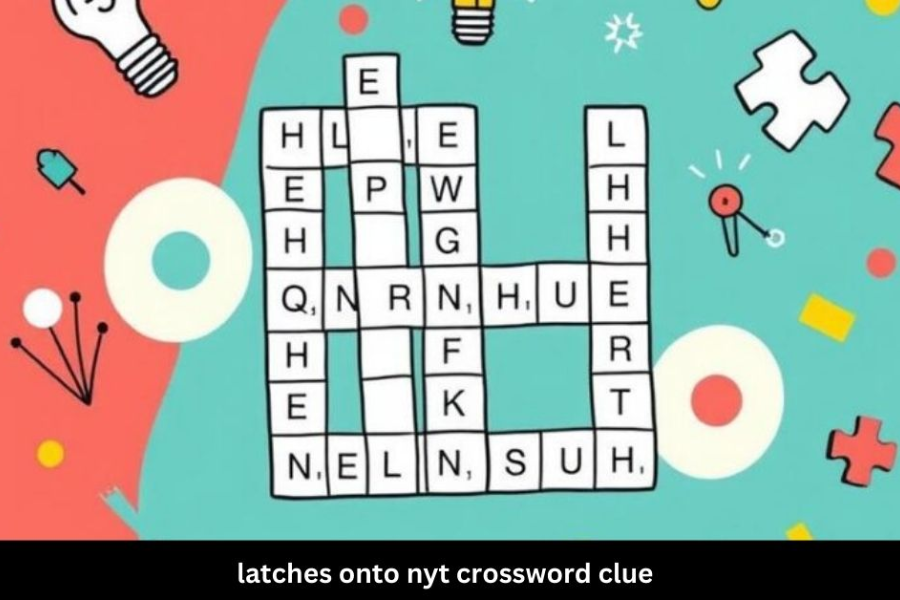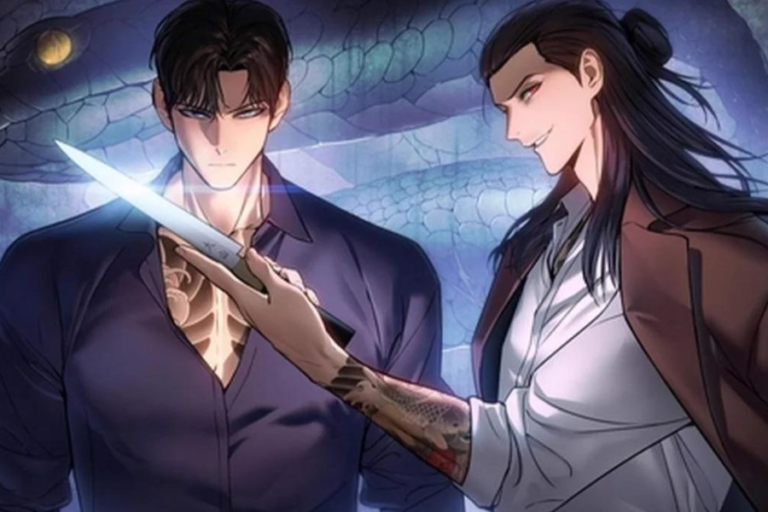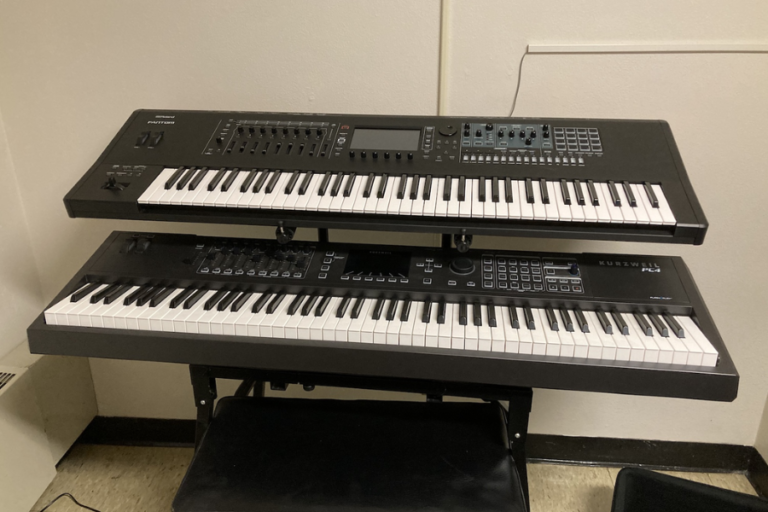Tackling the NYT Crossword: A Solver’s Journey
Crossword puzzles have long intrigued and entertained generations of solvers, offering both mental challenge and satisfaction. One particular phrase that has come to represent a significant part of this world is “set against the NYT crossword.” This phrase symbolizes the intricacies of creating a crossword that measures up to the high standards of the New York Times. In this article, we will dive into the history of crosswords, explore the development of the New York Times crossword, and discuss why being “set against the NYT crossword” holds such importance within the puzzle community.
The Origins of Crossword Puzzles
Crossword puzzles first appeared in 1913, thanks to journalist Arthur Wynne, who published the initial puzzle in the New York World newspaper. Though simple in design, Wynne’s creation sparked a worldwide fascination. Over time, crosswords have transformed into a sophisticated form of entertainment, with numerous styles and formats emerging.
Within this context, the phrase “set against the NYT crossword” has taken on significance, as the New York Times crossword—first published in 1942—became the gold standard for crossword enthusiasts. Many crossword constructors dream of creating puzzles that stand alongside the ones featured in the NYT, viewing it as a challenge worthy of their skills.
The Anatomy of a Crossword Puzzle
Every crossword is built on its grid, which contains intersecting black and white squares. Solvers must fill the grid with words that match both across and down clues. This balancing act of solving for two directions simultaneously is what makes crosswords so engaging, particularly those labeled “set against the NYT crossword.”
The New York Times crossword is well-known for its clever, often tricky clues, which range from straightforward definitions to puns and wordplay. Puzzle creators and solvers alike appreciate the wit and intelligence embedded in these clues, making the NYT crossword a benchmark for quality. Many constructors aspire to create puzzles that meet or exceed this standard, reflected in their efforts to position their work “set against the NYT crossword.”
The Evolution of the New York Times Crossword
The New York Times crossword has undergone many changes since its inception. Initially, the puzzles were more straightforward, appealing to casual solvers. However, as the decades passed, the crossword grew more complex, often requiring solvers to possess knowledge in a variety of areas—literature, pop culture, history, and more.
The crossword community expanded alongside the NYT’s puzzles, drawing in enthusiasts and aspiring constructors who viewed having a puzzle featured in the Times as a significant achievement. To be “set against the NYT crossword” is to embrace a challenge that has inspired generations of puzzle makers to refine their craft and push creative boundaries.
Technology’s Role in Crossword Construction
Advances in technology have revolutionized how crosswords are constructed. Today, software helps creators design and test puzzles more efficiently than ever. The rise of online platforms has also enabled more constructors to share their work with the public and gain feedback from a global audience.
While technology has made puzzle creation more accessible, some in the crossword community worry that it might lead to a decline in quality. The phrase “set against the NYT crossword” serves as a reminder of the importance of maintaining high standards. The New York Times crossword continues to be a symbol of editorial rigor and top-notch craftsmanship in the puzzle world.
The Culture of Crossword Solving
Crossword puzzles are more than just solitary challenges—they’ve inspired a close-knit, passionate community. Whether it’s online forums, puzzle clubs, or social media groups, solvers regularly exchange tips and share their experiences. The NYT crossword has become a focal point for many of these discussions, with solvers often comparing their favorite puzzles to those from the Times.
The phrase “set against the NYT crossword” frequently comes up in these communities as solvers discuss the unique difficulty and artistry of various puzzles. Solvers share not only their triumphs but also their frustrations, fostering a sense of camaraderie within the crossword community.
The Rise of Competitive Crossword Solving
For some solvers, crosswords are more than just a casual pastime—they’re a competitive pursuit. Events like the American Crossword Puzzle Tournament attract top solvers who race to complete puzzles in record time. In this competitive environment, the New York Times crossword serves as a benchmark for skill and difficulty.
In this context, “set against the NYT crossword” represents more than an aspiration for constructors—it’s a symbol of excellence for solvers striving to compete at the highest levels. Many view the NYT crossword as the ultimate test of their abilities.
Crafting Crosswords: An Artistic Process
Creating a crossword is often considered an art, requiring both creativity and linguistic prowess. Constructors carefully choose words and craft clues that challenge solvers without being too obscure. Striking this balance is key to creating a memorable puzzle.
For many constructors, being “set against the NYT crossword” is a mark of quality. The Times crossword is known for its innovative themes and clever wordplay, so constructors often look to it as a model for their own work. In doing so, they push themselves to create puzzles that are engaging, thought-provoking, and enjoyable.
The Importance of Themes in Crossword Puzzles
Themes play a central role in crossword puzzles, transforming a grid of words into a cohesive and enjoyable experience. Whether based on a holiday, current events, or clever wordplay, themes add an extra layer of depth to the puzzle.
Constructors often challenge themselves to develop themes that would be worthy of the NYT crossword, aspiring to create puzzles that reflect the same level of creativity and innovation. As solvers, we benefit from these creative efforts, enjoying themed puzzles that are both fun and intellectually stimulating.
The Future of Crossword Puzzles
As crossword puzzles continue to evolve in the digital age, their future looks bright. Mobile apps and online platforms have made crosswords more accessible than ever, bringing in new solvers from around the world. This accessibility has sparked a renewed interest in the craft of puzzle creation and solving.
Even as technology advances, the phrase “set against the NYT crossword” will likely remain relevant. The New York Times crossword continues to be a symbol of excellence, inspiring future generations of constructors and solvers alike to engage with this beloved pastime.
Embracing Diversity in the Puzzle Community
One of the most exciting developments in recent years has been the push for greater diversity in crossword construction. As the puzzle community expands, constructors from diverse backgrounds are bringing new perspectives and ideas to the table. This shift enriches the crossword landscape, ensuring that puzzles reflect the world we live in today.
Being “set against the NYT crossword” in this context means creating puzzles that not only meet high standards but also embrace inclusivity and representation. This move toward diversity ensures that crosswords remain relevant and engaging for solvers of all backgrounds.
Conclusion
Crossword puzzles have stood the test of time, evolving into a sophisticated form of entertainment that continues to captivate solvers. The phrase “set against the NYT crossword” serves as a symbol of quality and aspiration, inspiring constructors and solvers to push their skills and creativity. Whether through innovative themes, clever wordplay, or competitive solving, the legacy of the New York Times crossword will continue to shape the world of puzzles for years to come.





